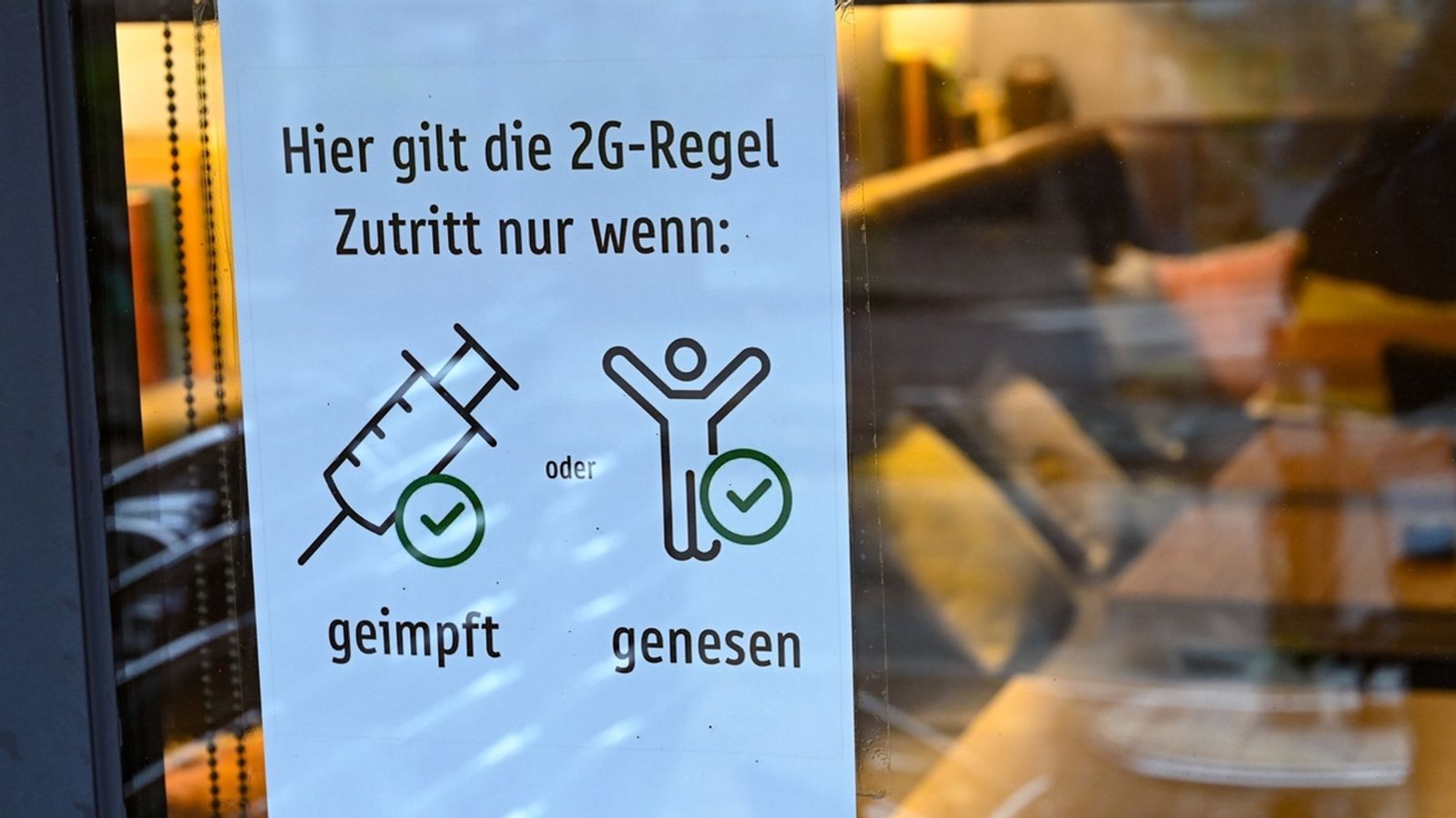Since the beginning of the pandemic, everyone has been looking at numbers and trying to orient themselves by them. But something confusing happened: Values that were perceived as important changed their importance during the course of the pandemic and suddenly became less important. Instead, new parameters appeared.
This much can be said after the last two years: In the pandemic, many different parameters are important. An overview of which numbers count in the assessment:
The 7-day incidence
How many people per 100,000 people have contracted Covid-19 in the last seven days? This number is crucial if you want to estimate the risk of infection for people in Germany. The 7-day incidence is a kind of early warning number and shows how quickly a virus is spreading. It still is. However:
The assessment of the incidence has changed over the course of the pandemic: during the first waves, a value of 50 was considered worrying. Today the number is over 1,500 and a few new infections more or less don’t matter much anymore. The reason: At the beginning of the pandemic, people had never had contact with the new virus and there was still no vaccine, explains infectiologist Christoph Spinner from the Klinikum Rechts der Isar in Munich.
“Even low numbers of infections led to a much more frequent ratio of severe infections, which then had to be treated in the clinics, which is no longer the case for a long time.” According to him, the “immune competence” in the population has increased so much that the proportion of severe cases is much lower.
The current high in the incidences is still not unproblematic, says the corona modeler Dirk Brockmann from the University of Berlin. “We still have a few hundred people dying of Corona every day.” Around 200 corona deaths per day, which is comparable to the number of victims if a large plane crashes every two days.
The hospitalization rate
The hospitalization rate shows how many Covid-19 sufferers per 100,000 inhabitants have to be treated in hospital. This number should help to predict overloading of the hospitals at an early stage in order to be able to take countermeasures. Because that the German healthcare system must not collapse was the top priority of the corona measures from the start.
However, the hospitalization rate could not be recorded and forwarded to the authorities quickly enough for this parameter to be effective for controlling, according to the Munich infectiologist Spinner. Instead, there were regular delays and difficulties in reporting.
In addition, there were large data differences because different reporting sources were used. “Of course, that makes control difficult if the numbers are not valid,” says Spinner. His conclusion: the hospitalization rate is an important variable, but it should be recorded better.
The intensive care bed occupancy
When too many life-threateningly ill people stream into the hospital at the same time, doctors have to turn people away and, in extreme cases, have to decide who gets help and who doesn’t. In order to avoid this, the aim in Germany was to centrally record the occupancy of the intensive care beds. But again there was a lack of digitization.
In addition, the occupancy of the intensive care beds is a late indicator of an imminent overload of the health system. Conversely, free intensive care beds do not always help – for example not when a large part of the workforce has to stay at home sick themselves.
The mortality rate
The mortality rate shows how many people died of Corona per 100,000 inhabitants – one of the few numbers that are reasonably comparable internationally. This is also important, because a pandemic knows no national borders.
All of these numbers give different clues about the pandemic and can be crucial at different times. It would therefore be important to be able to monitor them reliably in real time with a better system.
The infectiologist Christoph Spinner from the Klinikum Rechts der Isar draws the conclusion: “One should perhaps not claim to be able to derive the absolute truth from the numbers. But the numbers give us a good feeling about which measures are required next.” Whether the corona measures taken by politicians are always the right ones is of course debatable.
–


